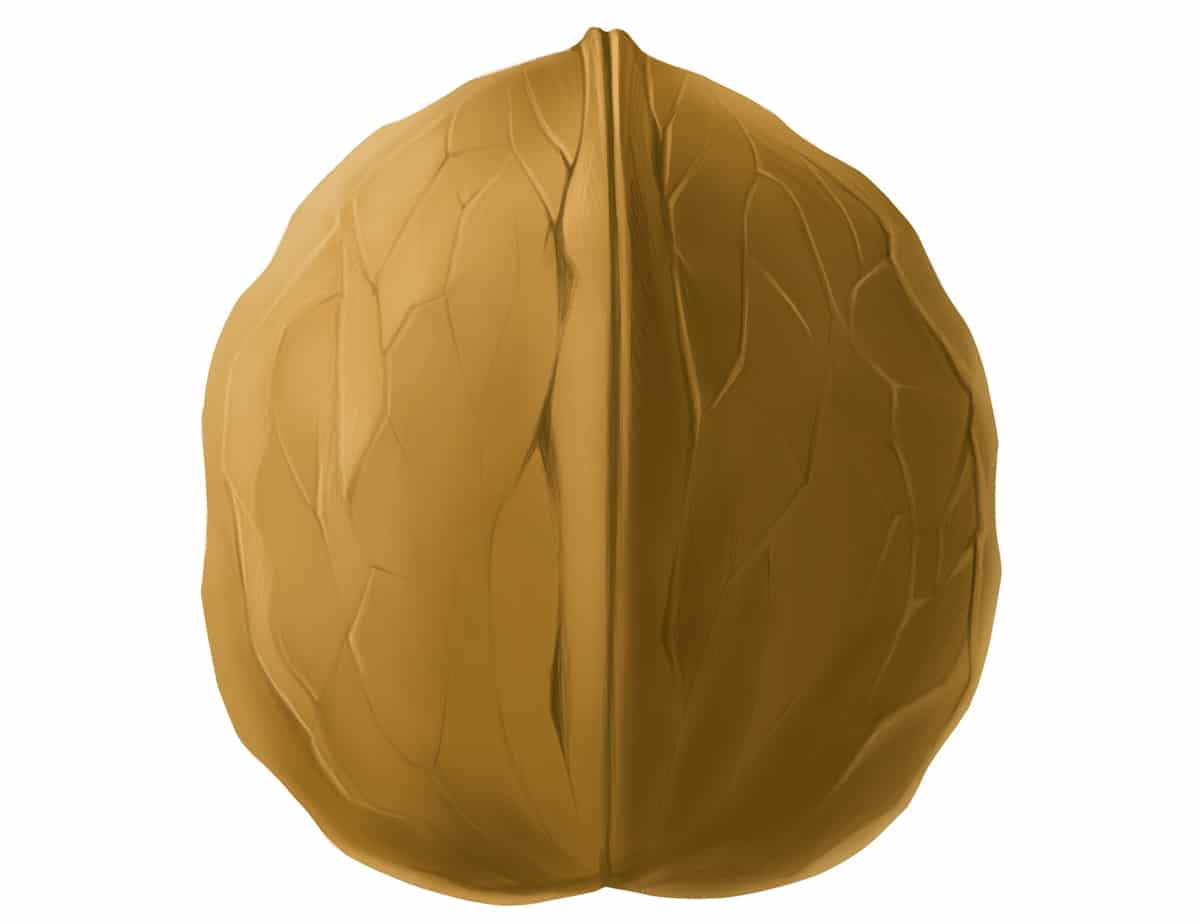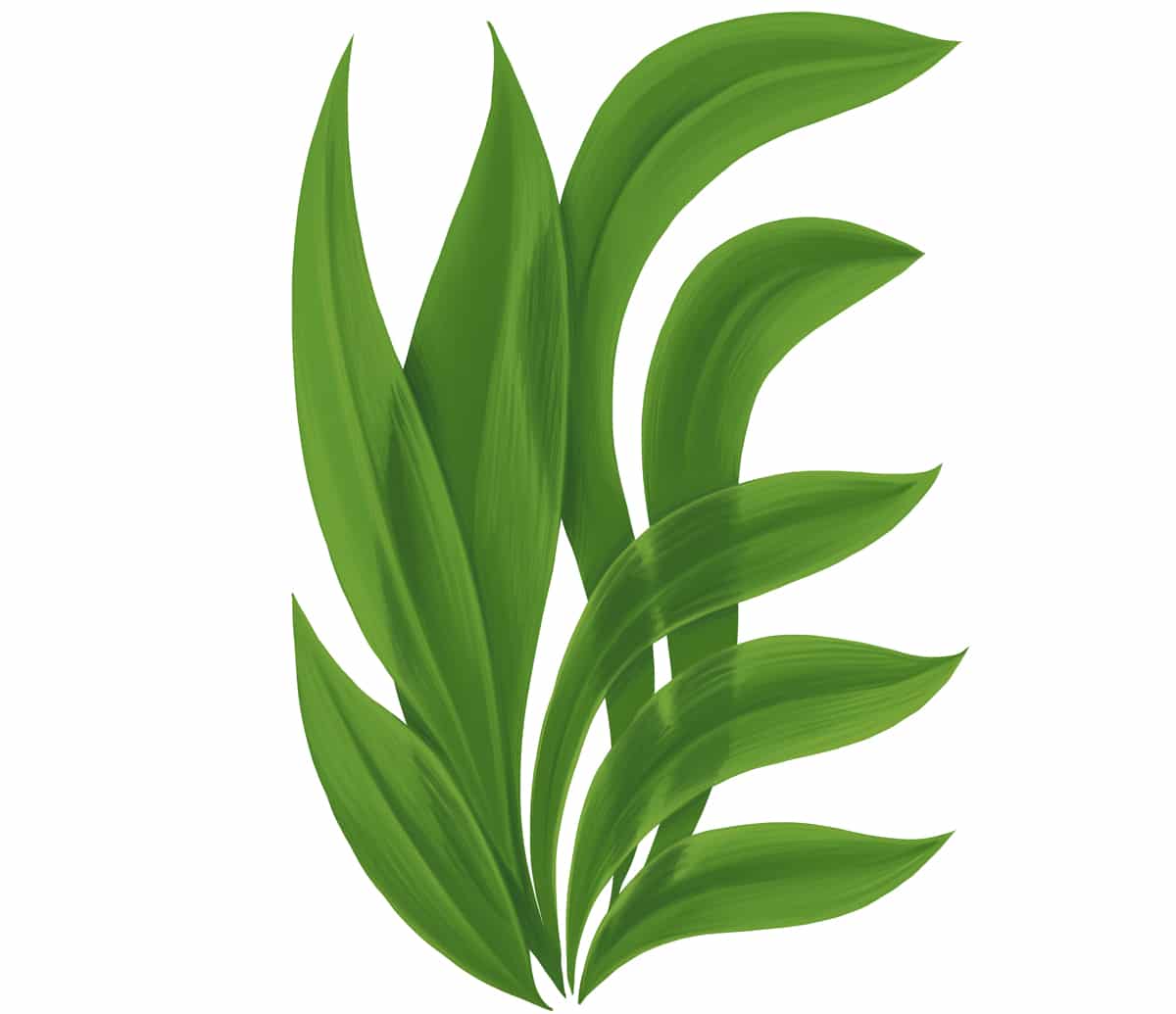A recent post about shrimp raised a very interesting topic: is it still possible to get the health benefits of seafood if you have a fish or shellfish allergy? Fish might be an extremely nutritious food, but all the hype about iodine and Omega-3s won’t do you much good in the middle of an anaphylactic reaction.
The same question applies to people who just can’t stand the taste of seafood of any kind, or people who are avoiding fish for fear of radiation poisoning post-Fukushima, people with a histamine intolerance that prevents them from eating fish, or anyone else who can’t eat seafood for some reason. Are you really missing out? Or is it possible to get the good stuff in some other way?
Seafood is a crucial source of several nutrients that are hard to get elsewhere, so avoiding fish puts you at risk for some nutritional inadequacies. But fortunately, there’s a workaround for just about everything when it comes to diet, and fish are no exception. So here’s a quick explanation of how to get all the important nutrients in, even if your seafood choices are severely restricted (or if you can’t eat any at all)
Types of Seafood Allergies
With an allergy, the first step is to figure out what exactly you’re allergic to. Finfish and shellfish are two different groups of foods, so just because you’re allergic to one doesn’t mean you’ll automatically react to the other.
- Finfish: these are “fish” in the traditional sense: salmon, tuna, trout, cod, tilapia, etc.
- Shellfish: these are sea creatures with hard outer shells. They include crustaceans (like shrimp and lobsters) and mollusks (like clams, mussels, and oysters).
You can have a shellfish allergy, but still be able to eat finfish just fine with no problems. Alternately (although this is more rare), you can have a finfish allergy but still eat shellfish without issues. A recent survey indicated that 2% of respondents were allergic to shellfish only, 0.4% were allergic to finfish only, and just 0.2% were allergic to both types – so the vast majority of people with seafood allergies will be able to eat at least one of the two categories.
If you can eat either one of the two, then your problem is solved. All the great nutritional benefits of seafood can be found in both finfish and shellfish more or less equally: just eat the group you’re not allergic to and enjoy.
Healthy Eating Without Seafood
But what if you’re in that unlucky 0.2%? Or what if your problem isn’t an allergy at all and you’re avoiding fish for other reasons? In that case, you’ve got some dietary tweaking to do, to make sure your diet includes the nutrients that other people get from fish:
Omega-3 fats
Without a doubt, omega-3 fats are the biggest challenge on a seafood-free diet. These anti-inflammatory fats are involved in just about everything (just to give you a sample, omega-3 status is involved in Seasonal Affective Disorder, joint health, and menstrual cramps), but there aren’t a lot of great sources outside of seafood.
There’s some evidence that even people allergic to fish can take a high-quality fish oil (since they’re mostly reacting to proteins in the fish, not fats), but it’s definitely understandable if you’re skeptical about this or don’t want to risk it. Some other options:

- Plant foods. These aren’t ideal, because they contain a fatty acid called ALA, which is only a precursor to the ones you really need (EPA and DHA). Your body has to convert the ALA before you use it, so it’s not a terribly efficient source. But it’s a whole lot better than nothing! Plant sources of Omega-3s include:
- Nuts and seeds: flax (try to go for the whole seeds, not the oil) and walnuts.
- Vegetables: cauliflower, Brussels sprouts, spinach, and kale – and there are smaller amounts in several other vegetables as well. You can’t meet all your Omega-3 needs from these foods unless you eat a truly massive amount, but they’re great supplementary sources.
- Seal oil. Seal is a marine mammal, so it’s unlikely to set off the same allergic reactions as fish. On the other hand, there haven’t actually been any studies testing this – so ask your doctor before you try it.
- Algae. Most algae only provides DHA, but you can find some algae supplements with EPA as well. And the algae grown for supplements is raised in special tanks, so you don’t have to worry about it getting contaminated with fish.
- Enriched milk. If you tolerate dairy well (not everyone does), you can get milk and other dairy products enriched with Omega-3s. Check the carton carefully to make sure the omega-3s aren’t from fish sources. If the product has any fish ingredients, it’s required by law to have a warning in or right next to the ingredients list.
On the other hand, people with allergies should avoid krill oil (krill is a crustacean, and so likely to set off the same allergic reaction). Even without krill, though, you can see that there are plenty of non-fish options for getting your Omega-3s in.
Iodine
Another nutrient that makes seafood so valuable is iodine, which is particularly important for pregnant or nursing mothers, but also necessary for the rest of us. A major source of iodine in the American diet is iodized salt. Sea salt contains no iodine, so if you switched to sea salt when you went Paleo, and you’re not eating any fish, you might be missing out!

There’s nothing wrong with eating iodized salt, but if you prefer the taste of sea salt, some non-fish sources of iodine:
- Seaweed. Seaweed is extremely high in iodine – higher than anything else around. This is a good solution for the seafood allergy crowd; it might not work so well if your problem is taste.
- Milk and dairy products. Milk doesn’t naturally contain any iodine, but it’s used as a disinfectant on the cow’s udder, and some of it finds its way into the milk as well. If you tolerate dairy (again, not everyone does), you can get quite a significant amount of iodine from this source.
- Vegetables. The iodine content of vegetables depends on the soil they were grown in. If you live in an area with iodine-rich soils, you can get a significant amount of iodine from local vegetables. But most of us buy produce at the grocery store, where it gets trucked in from all over the place, so this is not a reliable source.
Calcium
One of the best Paleo sources of calcium is bone-in fish, like salmon or sardines. But you certainly can get enough calcium without fish bones; you just have to be a little more diligent about it. Good non-fish, non-dairy calcium sources include:
- Other bones and bone broth made from them.
- Green leafy vegetables, especially collards, turnip greens, and bok choi.
- Seaweed: again, seaweed to the rescue!
Other nutrients
Two other nutrients deserve a brief mention, mostly to put to rest any fears about them.
First up: Vitamin D. It’s true that Vitamin D is an important nutrient, and it’s true that fish contains Vitamin D, but your major source is sunshine, not food. If you can’t get regular sun, a Vitamin D supplement may be helpful.
Selenium may also be a concern if you don’t eat fish, but this one is easy. Try:
- Brazil nuts: one ounce of Brazil nuts can net you enough selenium for an entire week!
- Liver and other organ meats. Organ meat is much higher in selenium than muscle meat.
- Eggs
Muscle meat is also a good source of selenium, and if you’re eating enough of it, you’ll probably get enough selenium automatically, so there’s really no need to be terribly concerned.
Conclusion
Can you eat a healthy, nutrient-dense Paleo diet without touching a tuna steak? Of course you can! Whether you’ve got an allergy, a histamine intolerance, or just a thorough disgust for the taste of anything fishy, it’s possible to eat a healthy, nutrient-dense diet without seafood. Just make sure you’re getting all the nutrients you need from other sources.
This may take a little ingenuity (especially with the Omega-3s), but there’s always a way. If you tolerate dairy well, everything gets a lot easier – but even if you don’t, it’s not that hard to figure out a source of Omega-3s that won’t send you scrambling for the epi-pen. And in this case, it’s something you’d have to do whether you were Paleo or not; there aren’t any better non-Paleo sources even if you did want to eat them.





Leave a Reply